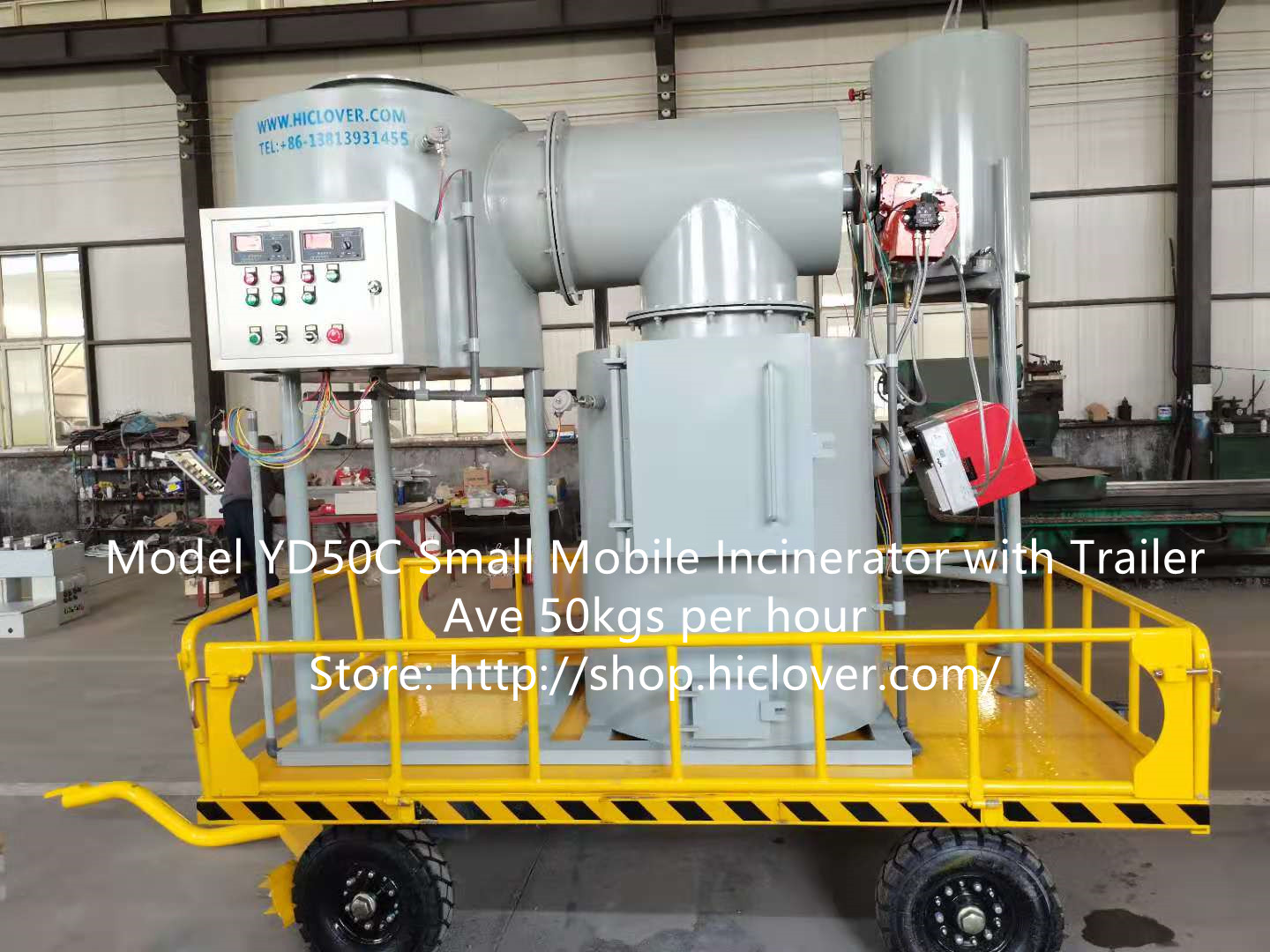The Rise of Household Waste Incinerators in India: A Solution to the Growing Waste Problem- household waste incinerators in india

As India continues to grapple with its rapidly growing population and urbanization, the issue of waste management has become a pressing concern. With limited resources and inadequate infrastructure to handle the increasing amount of waste generated every day, the country is facing a looming waste crisis.
One solution that is gaining popularity in India is the use of household waste incinerators. These devices are designed to burn solid waste at high temperatures, converting it into ash, flue gas, and heat. This process reduces the volume of waste by up to 90%, making it easier to manage and dispose of the remaining ash.
The rise of household waste incinerators in India can be attributed to several factors. One of the main reasons is the sheer volume of waste being generated in the country. With over 62 million tons of municipal solid waste produced annually, India is one of the largest generators of waste in the world. Traditional methods of waste disposal, such as landfills and open burning, are no longer sustainable and are causing harm to the environment and public health.
Another reason for the increasing popularity of household waste incinerators is the lack of proper waste management infrastructure in most Indian cities. The majority of municipalities do not have the resources or capacity to effectively collect and treat waste, leading to overflowing landfills and pollution. Waste incinerators provide a decentralized solution that can be implemented at the household level, reducing the burden on already strained municipal systems.
Furthermore, waste incineration is considered a more environmentally friendly option compared to landfilling or open burning. By burning waste at high temperatures, incinerators can reduce the volume of waste and cut down on greenhouse gas emissions. In addition, modern incinerators are equipped with advanced pollution control technologies that can minimize the release of harmful air pollutants.
Despite the potential benefits of household waste incinerators, there are also concerns about their impact on public health and the environment. Incineration can release toxic substances such as dioxins, heavy metals, and volatile organic compounds into the air, which can have serious health implications for nearby residents. Proper monitoring and regulation of waste incinerators are crucial to ensure that emissions are within acceptable limits and do not pose a risk to public health.
In conclusion, the rise of household waste incinerators in India presents a promising solution to the country’s growing waste problem. By reducing the volume of waste, minimizing environmental impact, and providing a decentralized waste management option, incinerators have the potential to help India manage its waste more effectively. However, it is important for policymakers to carefully consider the potential risks and benefits of incineration and implement strict regulations to safeguard public health and the environment.